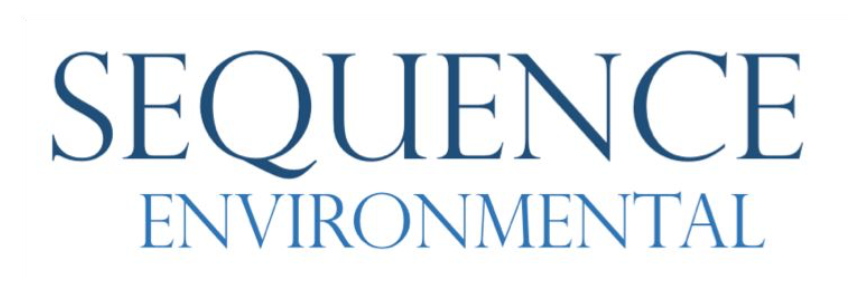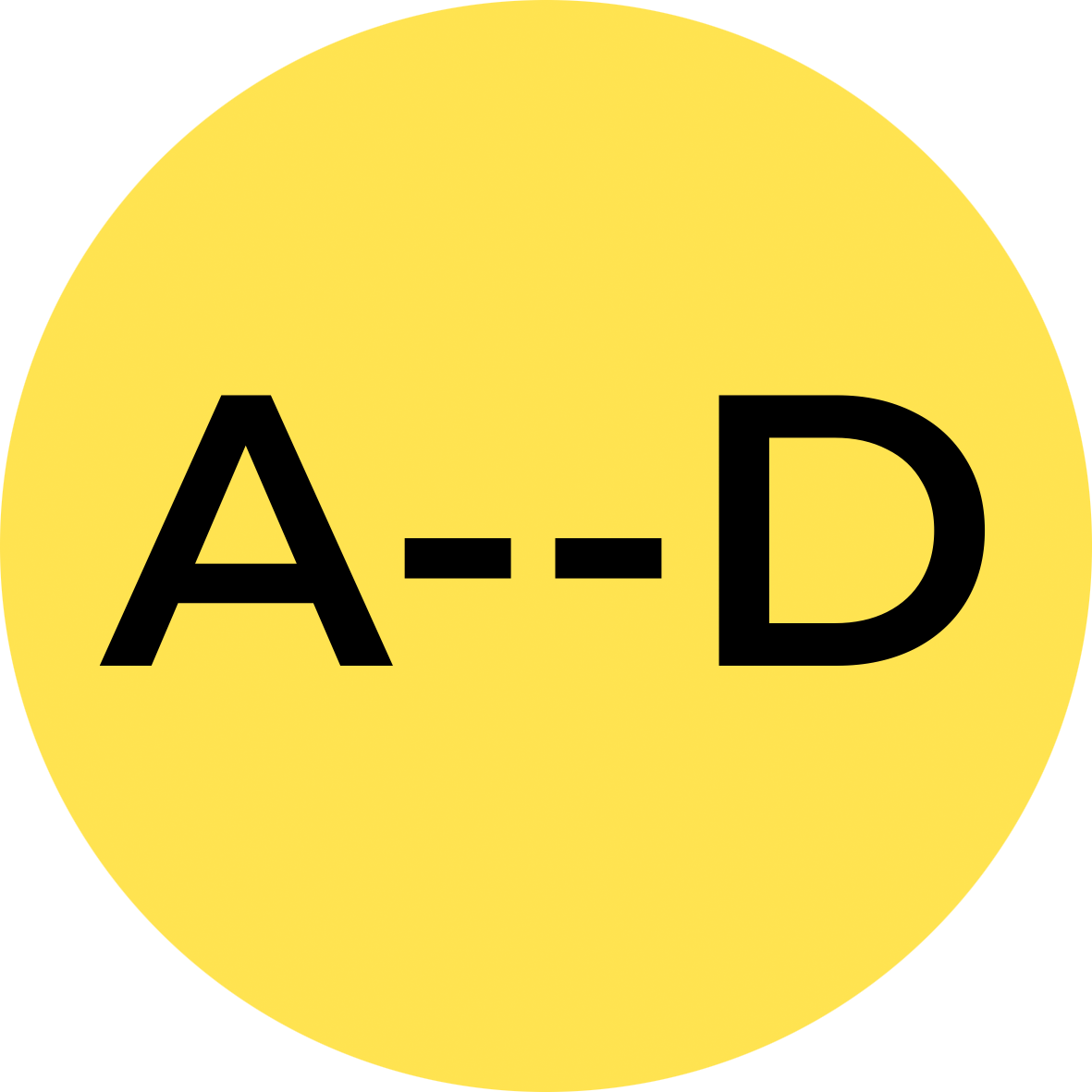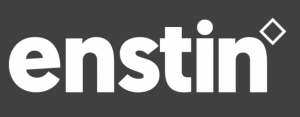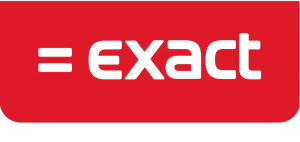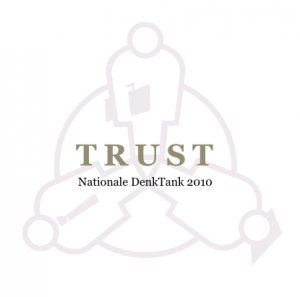 I recently participated in the Experts Forum of the Nationale Denktank to offer insights on ‘Trust’ and Citizens in relation to Dutch Public organisations.
I recently participated in the Experts Forum of the Nationale Denktank to offer insights on ‘Trust’ and Citizens in relation to Dutch Public organisations.
The Denktank is an annual gathering of around twenty of the Netherlands’ best & brightest masters & doctoral students, drawn from various disciplines, who convene to tackle a pressing National issue.
This year the DenkTank focused on the Police, Policy making organisations, Pensions & the Judiciary – all with one question in mind …
“How can Dutch public organizations best interact with distrusting & concerned citizens to help turn them into a trusting Public?”
I participated in the forum on the Judiciary. The DenkTankers sliced & diced the Trust issue into three main parts:
- Citizens & interaction
- Mass Media & perception
- Internal culture & structure
Here’s the challenge they presented for each part, my take on that challenge & an insight into a possible solution:
1. Citizens & interaction
Challenge: Citizens’ Trust of the Judiciary has a positive correlation with the amount of interaction with them.
My take: I agree 100%. However, more frequent ‘broadcast’ communications does not make for more ‘interaction’. Citizens today are looking for genuine dialogue. Meaning: ‘you ask’, ‘they reply’, ‘you adapt’, ‘you report’, ‘you ask again’ & so on. This is what builds Trust.
Solution: Organisations wishing to build Trust shouldn’t invest purely in ‘Focus’ groups or ‘sample surveys’, as is the current norm. They should also invest in building a platform for dialogue that is ongoing & transparent.
It can be as simple as a blog. In which public organisations actively a) solicit constructive feedback on an issue b) report on what they done with that feedback & c) ask what their citizens think about what they have done with that feedback. This builds Trust.
2. Media: managing perceptions of the Judiciary in the media
Challenge: Citizens’ Trust of the Judiciary has a positive correlation with the coverage they read in mass media.
My take: Of course, many citizens do read mass media. However, mass media only reports on what they get as the ‘official line’. Each media outlet will then report it from their own perspective & policitcal agenda. However … if you have established a genuine dialogue with your constituents, then mass media will report this too. Why? Journalists also go online!
Solution: Do not think of journalists as a ‘breed apart’. Do not think of them as your only influencer. The people you serve are your citizens. If you focus on improving dialogue with them, then you reduce the influence of mass media. Mass media then becomes the channel in which you report your findings. Not the only source of your Trust.
3. Internal Culture & Structure: responding to the challenge
Challenge: As the DenkTank research pointed out, public organisations most often have a complex internal structure built upon internal administrative needs. The only external point of communications contact has been the mass media.
My take: Those needs have changed. Dialogue with external stakeholders should be privileged much more. To actively build Trust, iterative systems & processes need to be built in to public organisations.
Solution: Start by focusing on one particular area. Listen. Ask questions. Open the conversation by building a blog focused on that particular issue. Take the feedback. Integrate it into your decision making process. Very quickly, the internal changes you need to make will become apparent.
Conclusion
Trust is a major factor in helping public organisations better serve their citizens.
Thanks to intitiatives such as the DenkTank, public organisations are gaining clearer insights into what they need to address & how they need to do it.
And … the social web offers opportunities for public organisations to do it!
You can find the final recommendations from the National DenkTank 201o here.
What say you?
